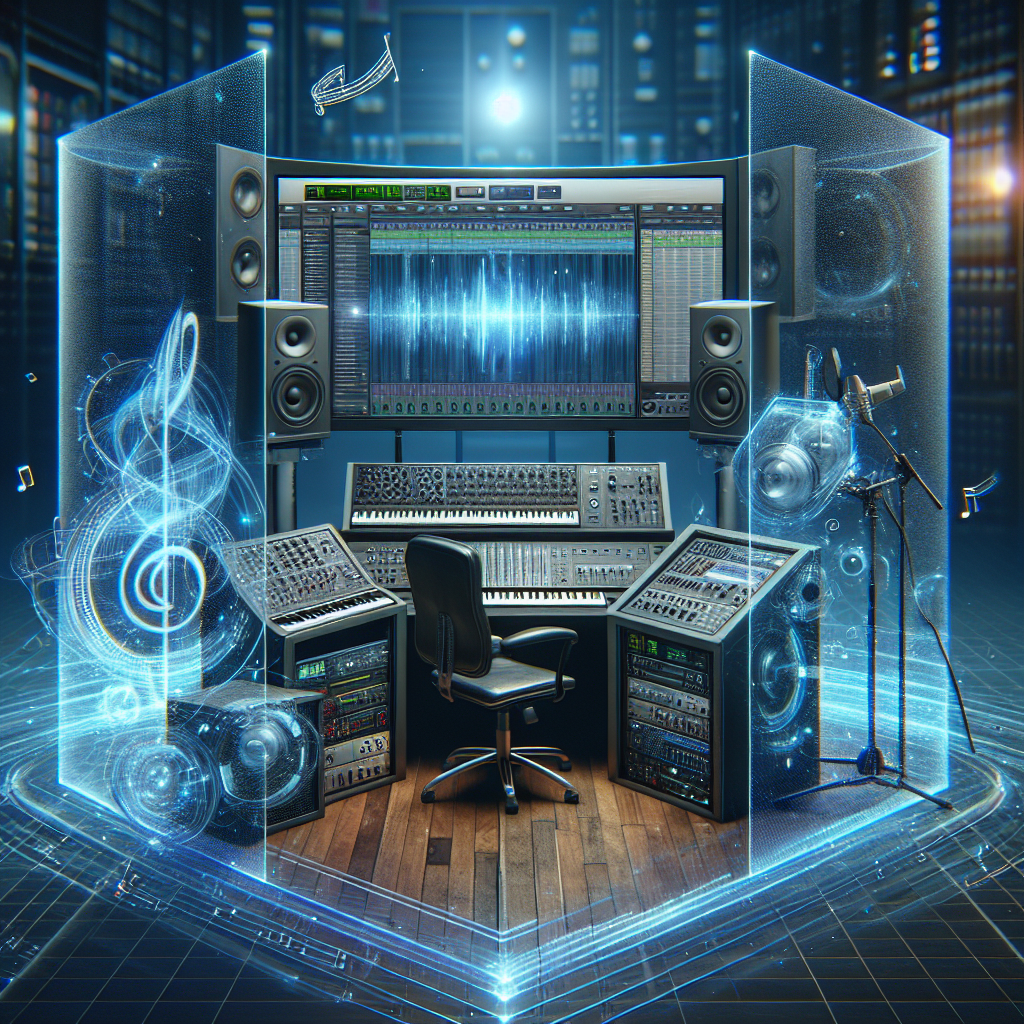When it comes to music production, one tool stands out for its unparalleled capabilities: the Digital Audio Workstation (DAW). The technological evolution of music production has been profound, and central to this has been the rise of the DAW. Its power and potential have revolutionized how we create, manipulate, and enjoy music.
The Birth of DAW
The concept behind DAW isn’t new. It was developed in the late 1970s, with Fairlight’s CMI (Computer Musical Instrument) being one of the first music production systems. It wasn’t until the rise of computer technology in the 90s, though, that DAWs became more accessible to the masses.
What is a DAW?
A Digital Audio Workstation is software used for recording, editing, and producing audio files. DAWs can record and play back multiple tracks of audio at once, allowing for complex multitrack arrangements. They can also host virtual instruments to simulate a wide variety of sounds and effects. This allows you to create music without needing a ton of physical equipment.
The Power of DAW
DAWs present a suite of tools to enable music production, such as recording capabilities, MIDI sequencing, synthesizers, samplers, drum machines, effects processing, and mixing desks. From creating simple beats to complex symphonic arrangements, the power of DAWs is limitless.
The Potential of DAW
The potential is perhaps most exciting when considering songs that you wouldn’t think are possible for a single individual to create. The likes of musicians such as Calvin Harris, Skrillex, deadmau5, and many more owe their success to DAWs and their power and potential to enable one person to create fully fleshed out musical compositions.
Unleashing Creativity
DAW loosens restrictions on creativity by allowing experimental structures, a nearly infinite variety of sounds, and instant rewiring of the ‘studio’. Producers can today create music in ways that were unimaginable just a few decades ago.
Accessibility and Affordability
With the advent of DAWs, the ability to create high-quality music is no longer reserved for those with access to expensive equipment and large studios. Today, anyone with a computer and the will to create can produce music of exceptional quality.
Collaboration
DAWs have also paved the way for remote collaboration. Producers can work on the same project from different parts of the world, sharing ideas and adding to each other’s work. They can also incorporate the work of others into their own productions, often creating genre-bending and innovative music in the process.
Conclusion
In conclusion, the birth of the Digital Audio Workstation has brought a seismic shift to music production. The power and potential of DAWs have unlocked creativity on an unparalleled scale, democratized music production, and created room for innovation and limitless exploration. As technology continues to advance, the capabilities of DAWs will only continue to expand, pushing the boundaries of what is possible in music production.
FAQs
1. What is a DAW?
A DAW is a Digital Audio Workstation. It is a software used for recording, editing, and producing audio files.
2. What are some examples of famous musicians who use DAWs?
Famous musicians who use DAWs include Calvin Harris, Skrillex, and deadmau5.
3. How have DAWs democratized music production?
By making high-quality music production accessible and affordable, DAWs have democratized audio production. You no longer need expensive equipment or a large studio to create professional-quality music.
4. Can DAWs be used for collaborations?
Yes, DAWs offer tools for remote collaboration, allowing producers from different locations to work on the same project at the same time.
5. How does a DAW influence creativity?
DAWs remove restrictions, enabling experimental structures, a nearly infinite variety of sounds, and the ability to instantaneously rewire the ‘studio’. All of these facets make it easier for musicians to experiment and innovate.

